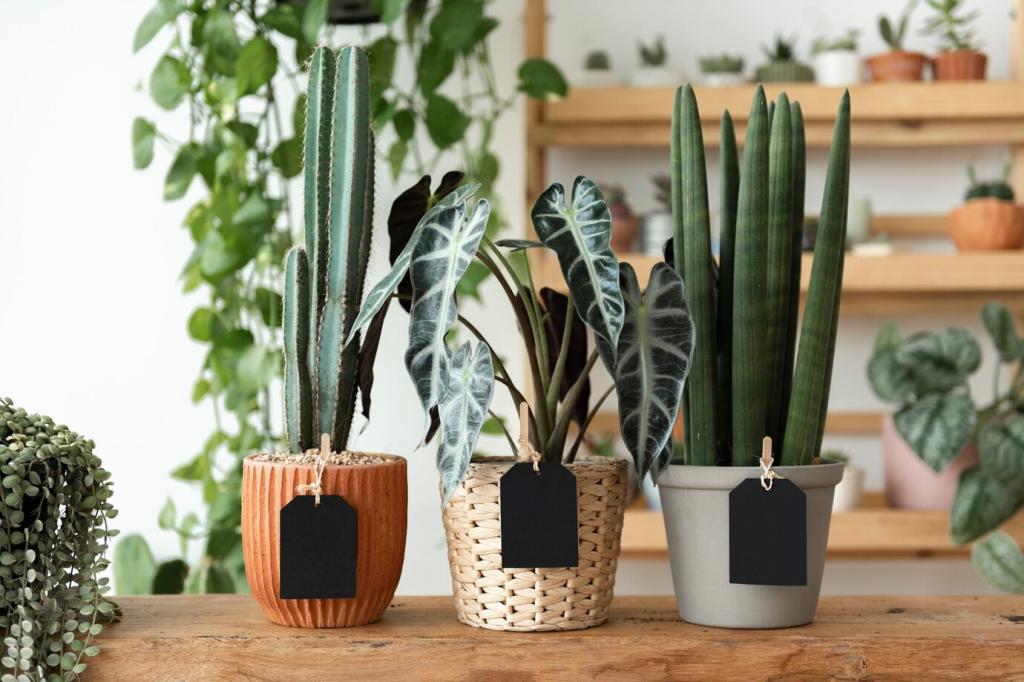What Makes a Paint Truly Sustainable
Volatile organic compounds off-gas for days or even weeks, influencing headaches, sleep quality, and odor. Choose zero‑VOC bases and low‑VOC colorants, and ventilate well. Ask for VOC content in grams per liter, verified on the technical data sheet.
What Makes a Paint Truly Sustainable
Waterborne, plant‑based binders and high‑solids formulas reduce solvent content while delivering coverage. Pigments matter too: titanium dioxide is energy intensive; darker colors or improved hiding tech can lower demand. Seek formulations emphasizing recycled content and responsibly sourced raw materials.




